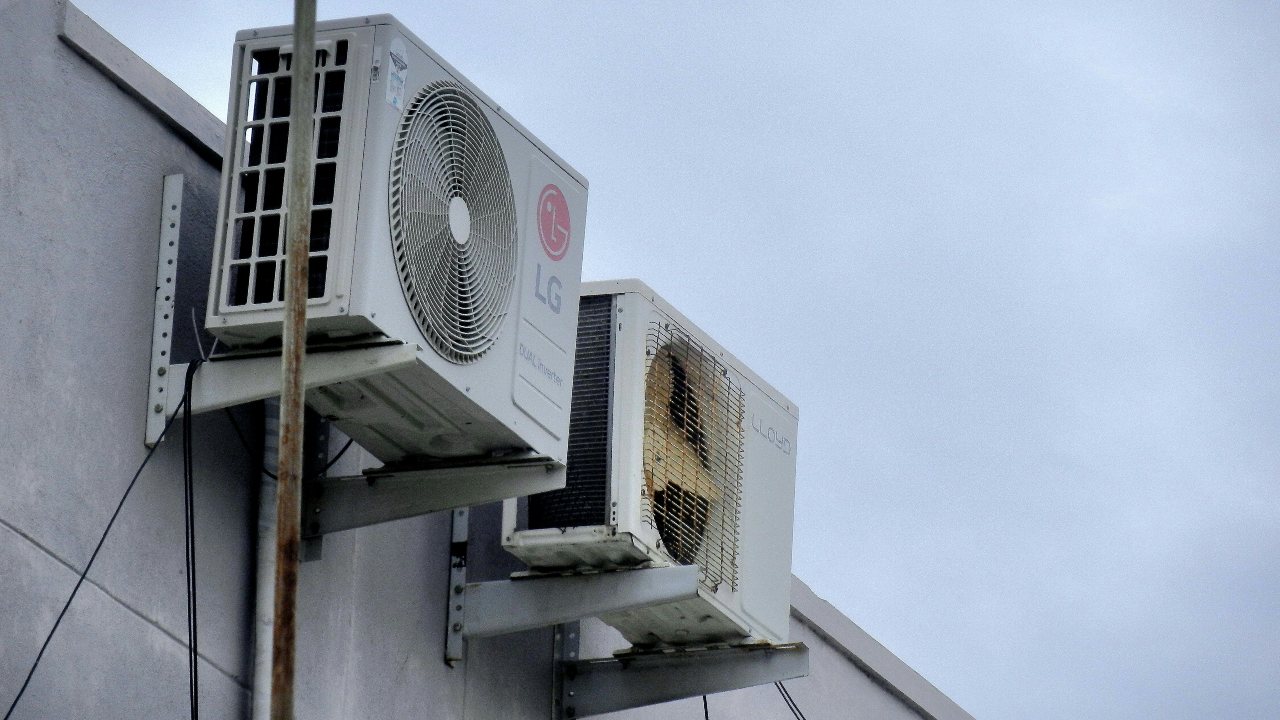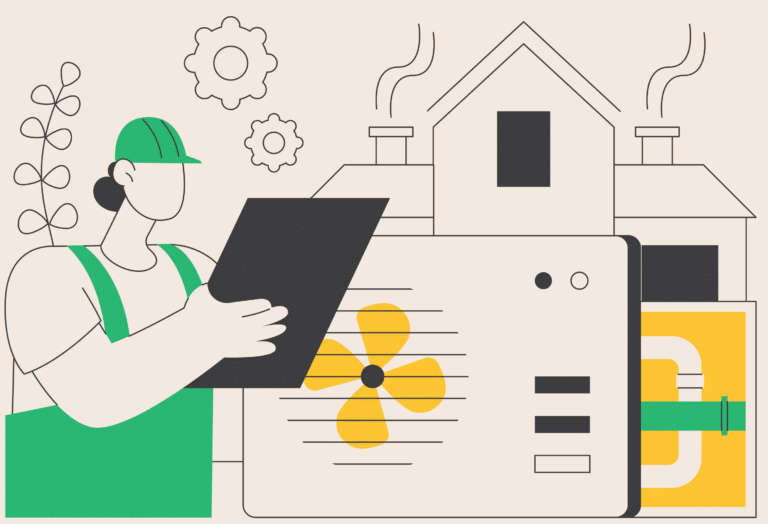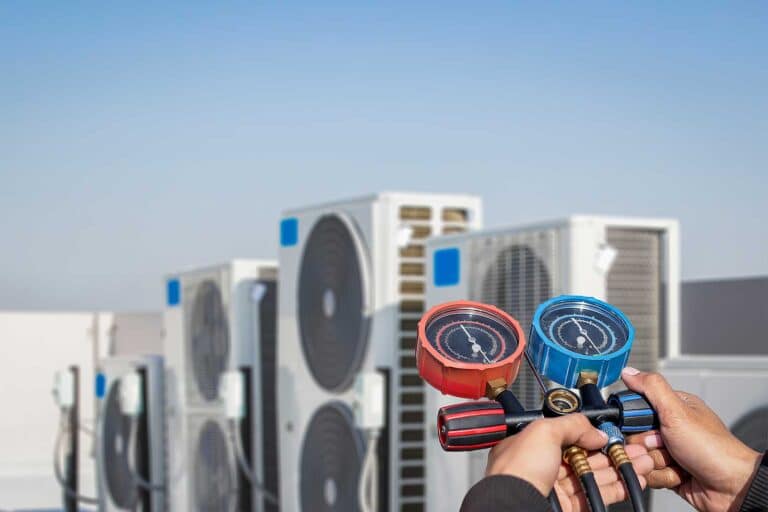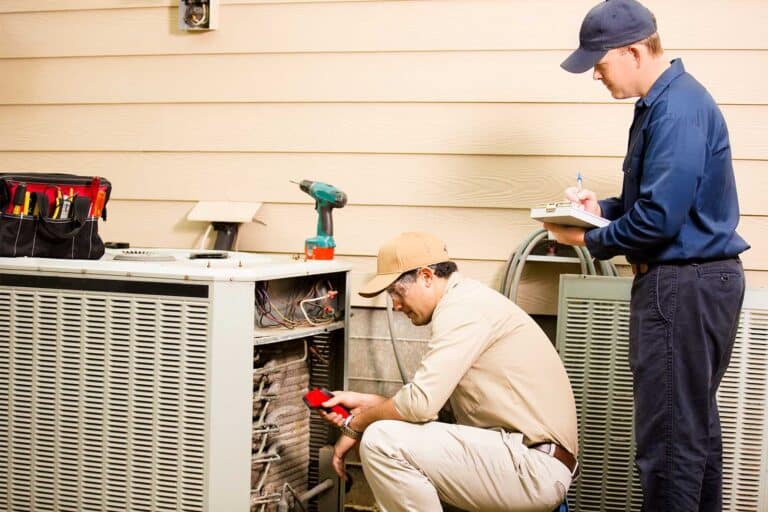Step-by-Step Guide: How to Reset Your AC Unit Safely
Resetting your air conditioner can fix several issues without needing professional help. If you live in Longmont, CO, and your AC suddenly stops cooling, starts blowing warm air, or shuts off unexpectedly, a reset may be all you need. It’s a simple step that can make a big difference, especially on hot days when you need your system running reliably.
This process is often quick and safe to try. Before calling for air conditioning repair, a reset could save you the cost and wait time. In this guide, you’ll learn how to reset your system safely and how to recognize signs that require a technician.
Common Reasons to Reset Your AC
1. Power Surges or Outages
Electrical storms or power cuts can trip internal safety switches in your AC. When this happens, the system won’t restart on its own. A manual reset often restores proper operation.
2. Thermostat Communication Errors
The thermostat is the brain of your HVAC system. If it loses sync with the unit, the system might not respond to your settings. Resetting helps re-establish that connection.
3. Tripped Breaker
A power overload may trip the breaker connected to your AC. If your system suddenly stops and won’t respond, this is a likely cause. Resetting both the breaker and the unit can bring it back online.
4. Internal Lockout Mode
Some newer systems go into lockout mode after a fault is detected. A reset clears minor errors so the system can resume cooling.
5. Recent Maintenance or Filter Replacement
After changing filters or having a technician service your system, a reset might be required to sync all settings.

How to Reset Your AC Unit: Step-by-Step
Step 1: Turn Off Your Thermostat
Always begin by turning off your thermostat. This prevents the unit from trying to cycle while you reset it.
Step 2: Locate and Shut Off the Breaker
Go to your home’s electrical panel. Look for the circuit breaker labeled for your AC unit. Switch it to “off” and wait at least 60 seconds. This drains residual power.
Step 3: Press the Reset Button
If your outdoor AC unit has a reset button, press and hold it for 3-5 seconds. Not all systems have one, but many do.
Step 4: Turn the Breaker and Thermostat Back On
Switch the breaker back to “on,” then return to the thermostat. Set it to “cool” and choose your desired temperature. Wait a few minutes to see if the AC starts.
Step 5: Listen and Observe
You should hear the fan or compressor kick in. If nothing happens or if unusual noises occur, stop and call a technician.
What If Your AC Still Doesn’t Work?
Recheck the Thermostat
Ensure the display is working, the mode is set to “cool,” and the temperature is lower than the room temperature. Change the batteries if needed.
Check the Air Filter
A dirty air filter restricts airflow and can prevent the system from restarting. If you haven’t changed it in the last month or two, do it now.
Inspect the Outdoor Unit
Go outside and listen. If the unit is humming or clicking without turning on, it could be a capacitor or motor issue. In this case, contact a technician.
Inspect the Float Switch
Some systems have a float switch that shuts off the AC if water builds up in the drain pan. Clear any clogs and reset the switch.
When to Call for Professional AC Repair
If the reset didn’t work, or if the problem returns quickly, something deeper is going on. Contact air conditioning repair for help if you notice:
- Burnt smells from vents or the unit
- Loud clanking or buzzing sounds
- Constant breaker tripping
- Poor airflow or warm air
- Ice buildup on coils or lines
Certified technicians can identify refrigerant leaks, replace failed capacitors, or repair wiring issues.
Prevent Future Issues With Routine Maintenance
You can avoid many of these problems by scheduling air conditioning maintenance once or twice a year. Preventative maintenance includes:
- Cleaning evaporator and condenser coils
- Calibrating thermostats and sensors
- Checking electrical connections and wiring
- Replacing filters and clearing drains
- Testing refrigerant levels and airflow
Proper maintenance helps your unit run efficiently and reduces the risk of sudden failure. Learn more by visiting the energy.gov AC guide.
Watch: How to Reset an AC Unit
This step-by-step YouTube tutorial demonstrates how to reset an AC unit safely. It’s especially useful for visual learners who want help identifying parts and buttons.
FAQs About Resetting Your AC
How do I reset my AC unit manually?
Turn off the thermostat and the breaker. Wait 60 seconds. If your unit has a reset button, press it. Then turn the thermostat back on and set it to cool.
Why won’t my AC turn back on after resetting?
If it doesn’t respond, there could be a blown fuse, faulty capacitor, or control board issue. It’s best to call a technician.
How long should I wait before restarting the AC?
At least 60 seconds is recommended to allow all components to discharge and reset properly.
Should I reset my AC often?
No. If you find yourself resetting the unit more than once a season, have it inspected. Frequent resets usually point to an underlying issue.
Can I damage the system by resetting it wrong?
Resetting is safe if done properly. But forcing components, skipping steps, or rushing the process can cause damage or short cycling.
Is there a difference between a reset button and the breaker reset?
Yes. The reset button restarts the system but doesn’t cut total power. A breaker reset fully powers down and reboots the entire system.
What should I do if my AC keeps needing resets?
Schedule an inspection. Persistent reset needs could mean bad wiring, low refrigerant, or aging electrical parts.
Can a smart thermostat interfere with my reset process?
Yes. Smart systems sometimes delay startup or apply schedules. Consider disabling Wi-Fi or app controls temporarily during a manual reset.
Is it okay to reset the AC during extreme heat?
Yes, but allow the system to stabilize. Don’t set it too low right away. Gradual cooling is better for the compressor.
Do all AC units have a reset button?
No. Older units may only use the circuit breaker for manual resets. Check your manual to be sure.







